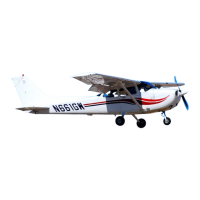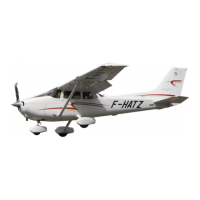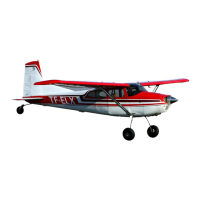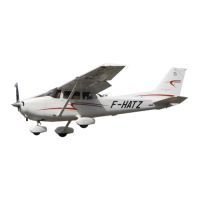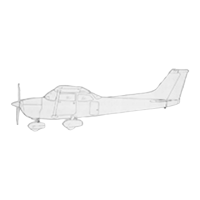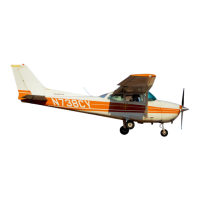SECTION 4
NORMAL PROCEDURES
CESSNA
MODEL 182T NAV
Ill
PREFLIGHT INSPECTION
(Continued)
I
Outside storage for long periods may result in dust and dirt
accumulation on the induction air filter, obstructions in airspeed
system lines, water contaminants in fuel tanks, and
insect/bird/rodent nests in any opening. If any water is~detected in
I
the fuel system, the fuel tank sump quick drain valves, fuel return
line quick drain valve, and fuel strainer quick drain valve should all
be thoroughly drained again. The wings should then be gently
rocked and the tail lowered to the ground to move any further
contaminants to the sampling points. Repeated samples should then
be taken at
all
quick drain points until
all
contamination has been
removed. If, after repeated sampling, evidence of contamination still
exists, the fuel tanks should be completely drained and the fuel
system cleaned.
Ilf the airplane has been stored outside in windy or gusty areas, or
tied down adjacent to taxiing airplanes, special attention should be
paid to control surface stops, hinges, and brackets to detect the
presence of potential wind damage.
If the airplane has been operated from muddy fields or in snow or
slush, check the main and nose gear wheel fairings for obstructions
and cleanliness. Operation from a gravel or cinder field will require
extra attention to propeller tips and abrasion on leading edges of the
horizontal tail. Stone damage to the propeller can seriously reduce
the fatigue life of the blades.
Airplanes that are operated from rough fields, especially at high
altitudes, are subjected to abnormal landing gear abuse. Frequently
I
check all components of the landing gear, shock strut, tires, and
brakes. If the shock strut is insufficiently extended, undue landing
and taxi loads will be subjected to the airplane structure.
To prevent loss of fuel in flight, make sure the fuel tank filler caps
are tightly sealed after any fuel system check or servicing. Fuel
system vents should also be inspected for obstructions, ice or water,
especially after exposure to cold, wet weather.
4-26 U.S.
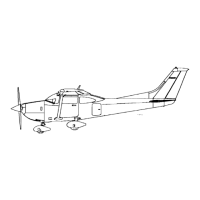
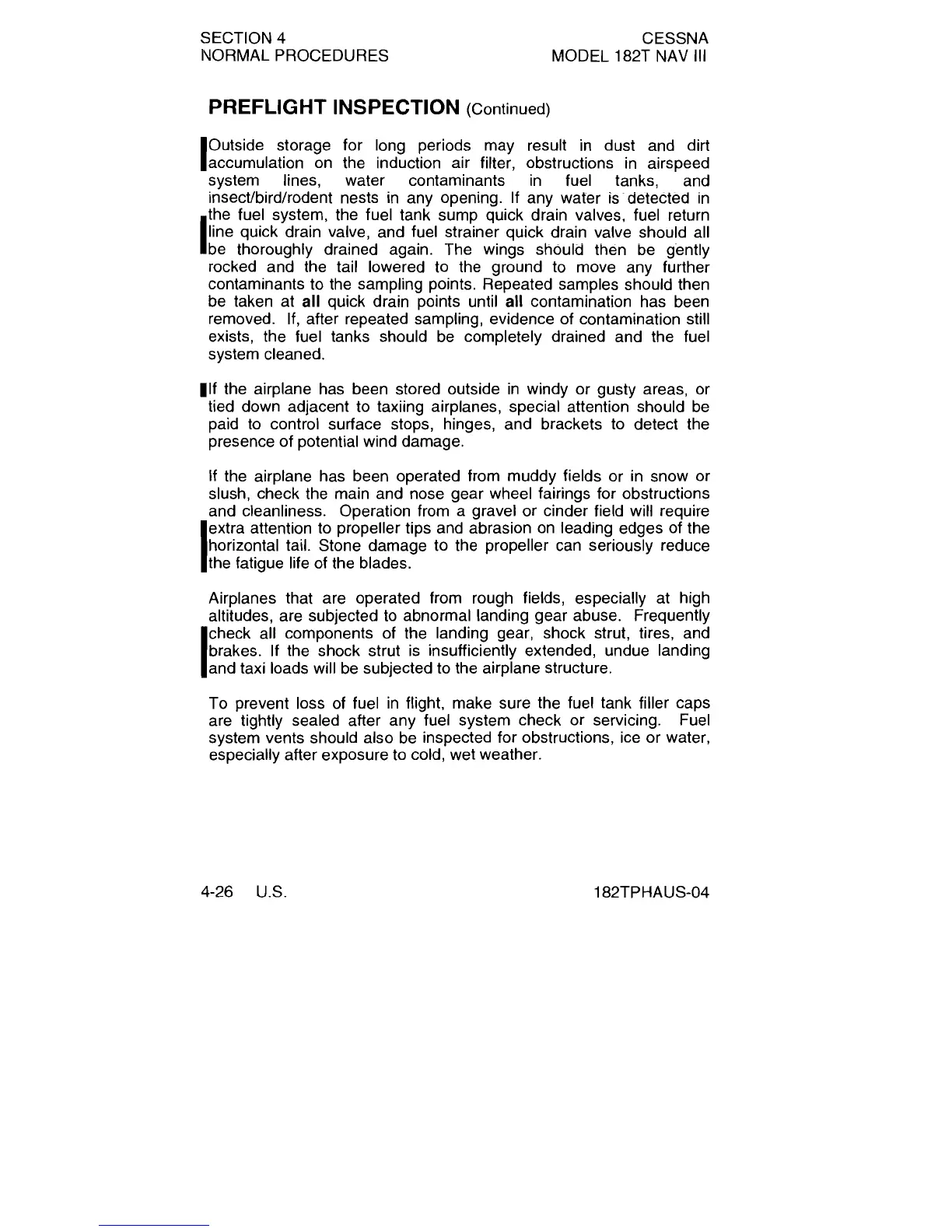